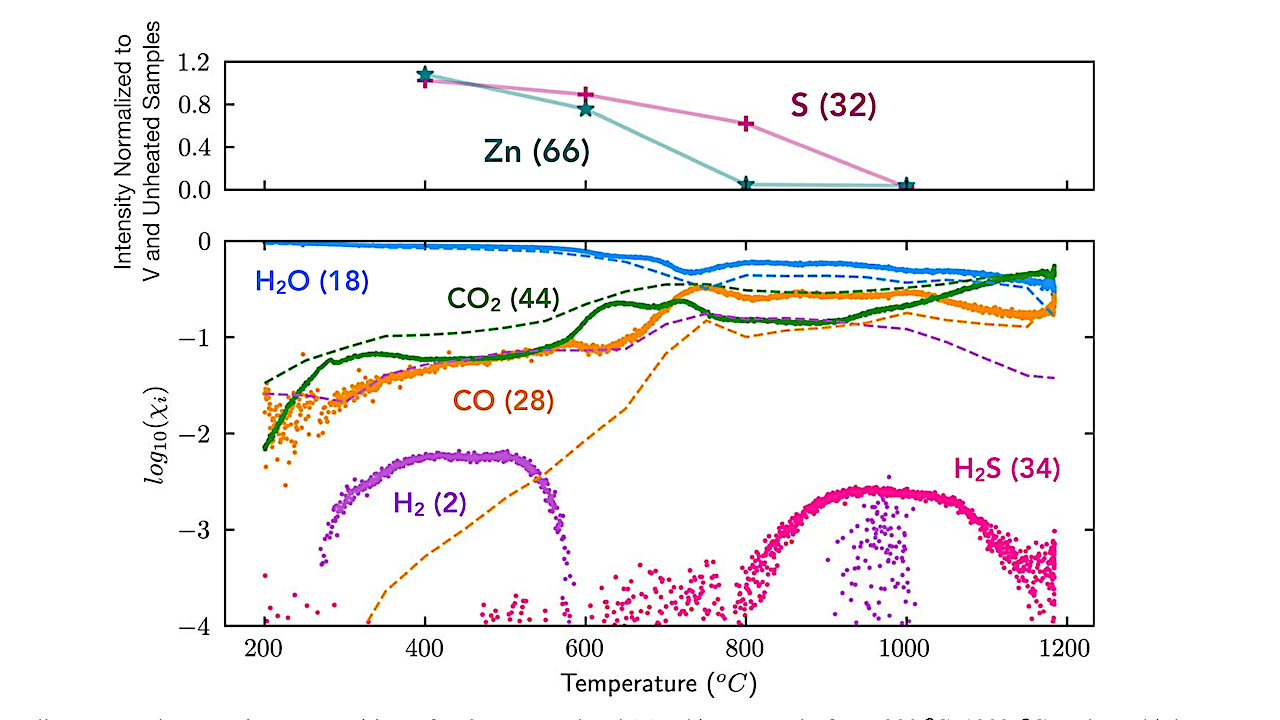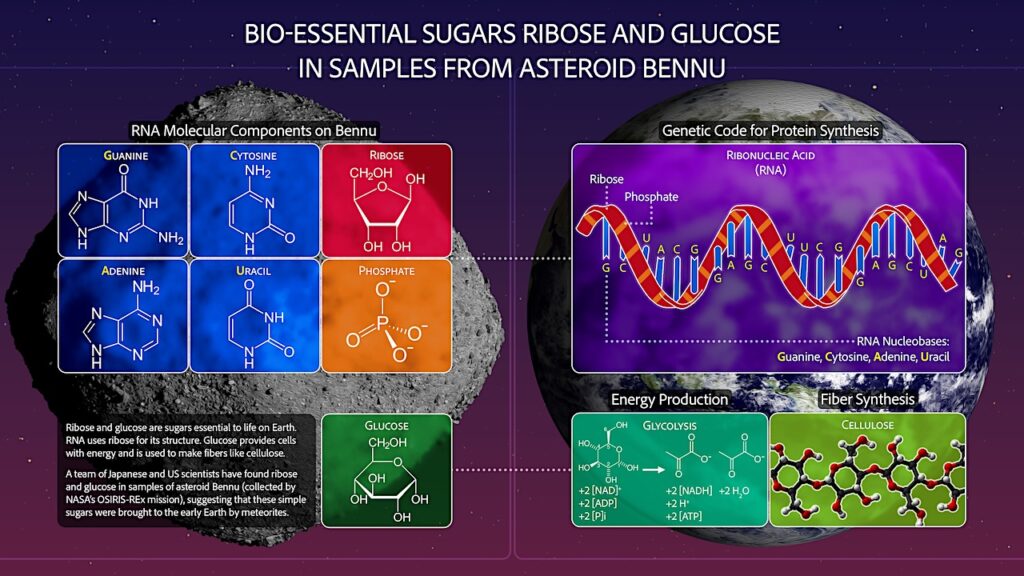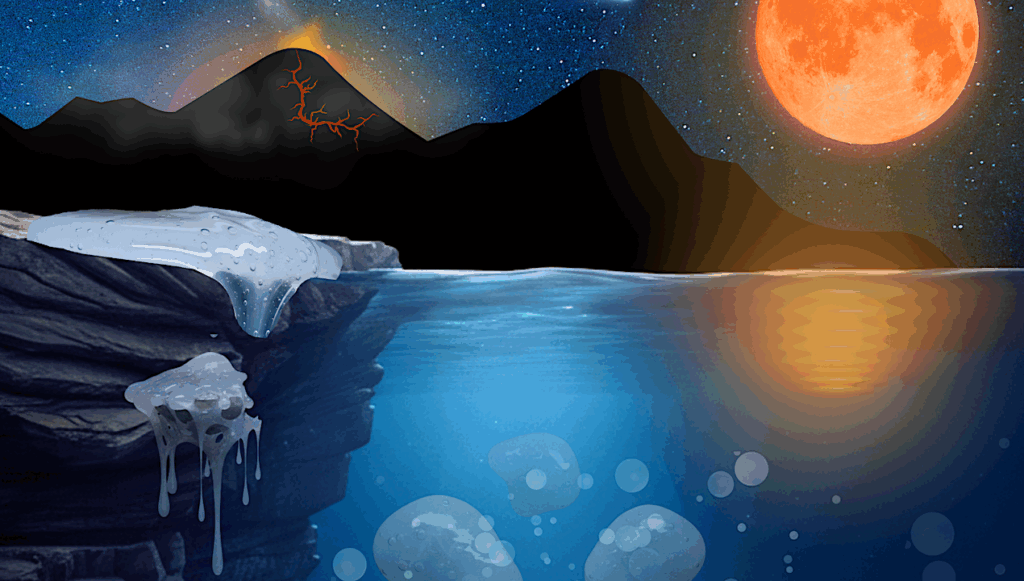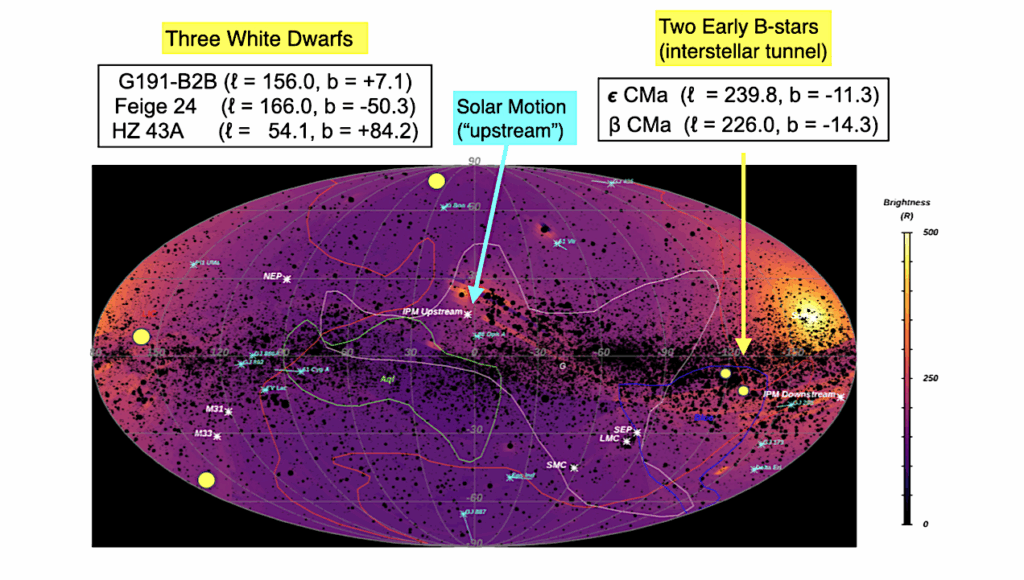Outgassing Composition of the Murchison Meteorite: Implications for Volatile Depletion of Planetesimals and Interior-atmosphere Connections for Terrestrial Exoplanets

Outgassing is a central process during the formation and evolution of terrestrial planets and their atmospheres both within and beyond the solar system.
Although terrestrial planets’ early atmospheres likely form via outgassing during planetary accretion, the connection between a planet’s bulk composition and its initial atmospheric properties is not well understood. One way to inform this connection is to analyze the outgassing compositions of meteorites, and in particular carbonaceous chondrites, because they are some of the most volatile-rich, primitive materials (in terms of their bulk compositions) that are available for direct study.
In addition, they may serve as compositional analogs for the building block materials of terrestrial planets in our solar system and around other Sun-like stars. This study builds upon previous outgassing experiments that monitored the abundances of volatile species (e.g., H2O, CO, and CO2) released from the Murchison meteorite.
To gain a more complete understanding of Murchison’s outgassing composition, we perform a series of heating experiments under atmospheric pressure (1 bar) and vacuum (1E-9 bar) conditions on samples of the Murchison meteorite and subsequent bulk element analysis to inform the outgassing trends of a suite of major elements in Murchison (e.g., Fe, Mg, Zn, and S). Under both pressure conditions, sulfur outgases significantly at the highest temperatures (800C – 1000C).
For the samples heated under vacuum conditions, we also detect outgassing of zinc. Combined with prior outgassing experiments, this study provides important insights into the volatile depletion patterns of undifferentiated planetesimals and the early outgassing compositions of terrestrial exoplanets.
Maggie A. Thompson, Myriam Telus, Graham Harper Edwards, Laura Schaefer, Jasmeet Dhaliwal, Brian Dreyer, Jonathan J. Fortney, Kyle Kim
Comments: 23 pages, 11 figures, 15 tables
Subjects: Earth and Planetary Astrophysics (astro-ph.EP)
Cite as: arXiv:2310.02028 [astro-ph.EP] (or arXiv:2310.02028v1 [astro-ph.EP] for this version)
Journal reference: Planet. Sci. J. 4 185 (2023)
Related DOI:
https://doi.org/10.3847/PSJ/acf760
Focus to learn more
Submission history
From: Maggie Thompson
[v1] Tue, 3 Oct 2023 13:14:28 UTC (2,088 KB)
https://arxiv.org/abs/2310.02028
Astrobiology








